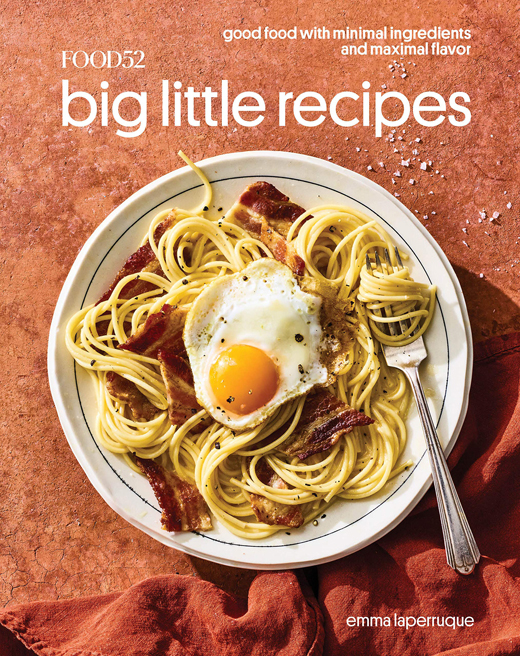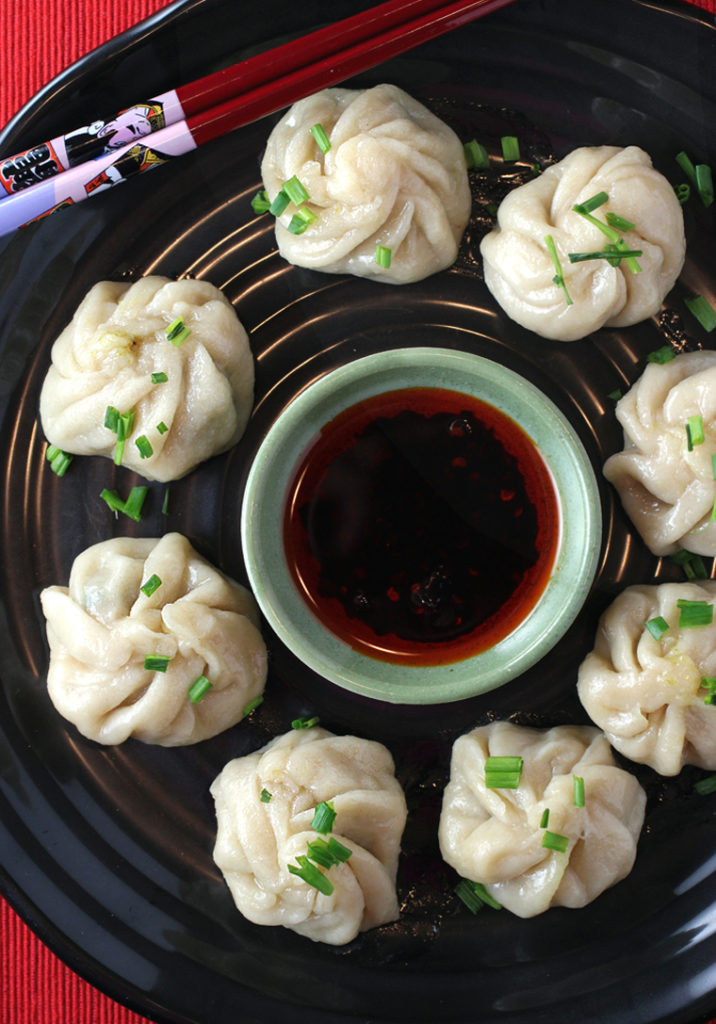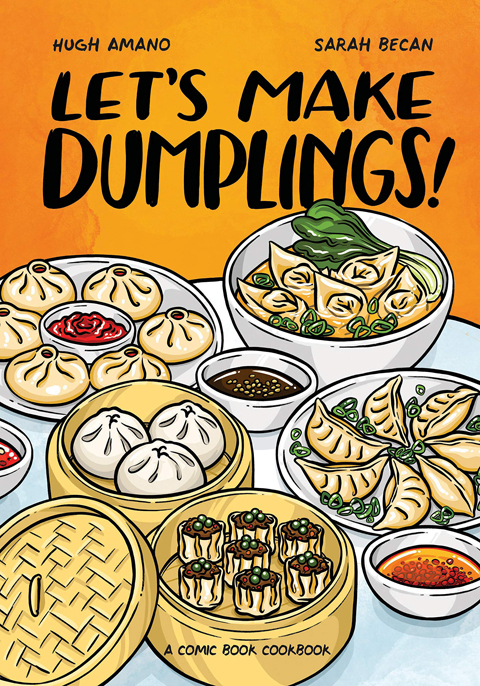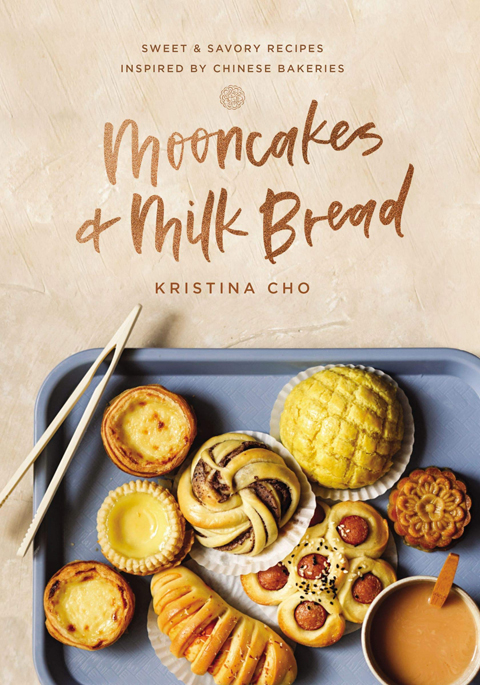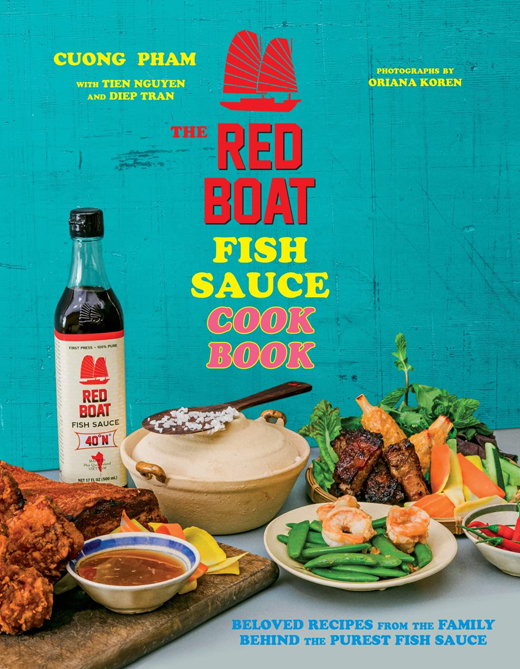Low-and-Slow Spiced Chicken Legs with Garlic Crunch-Crumbs
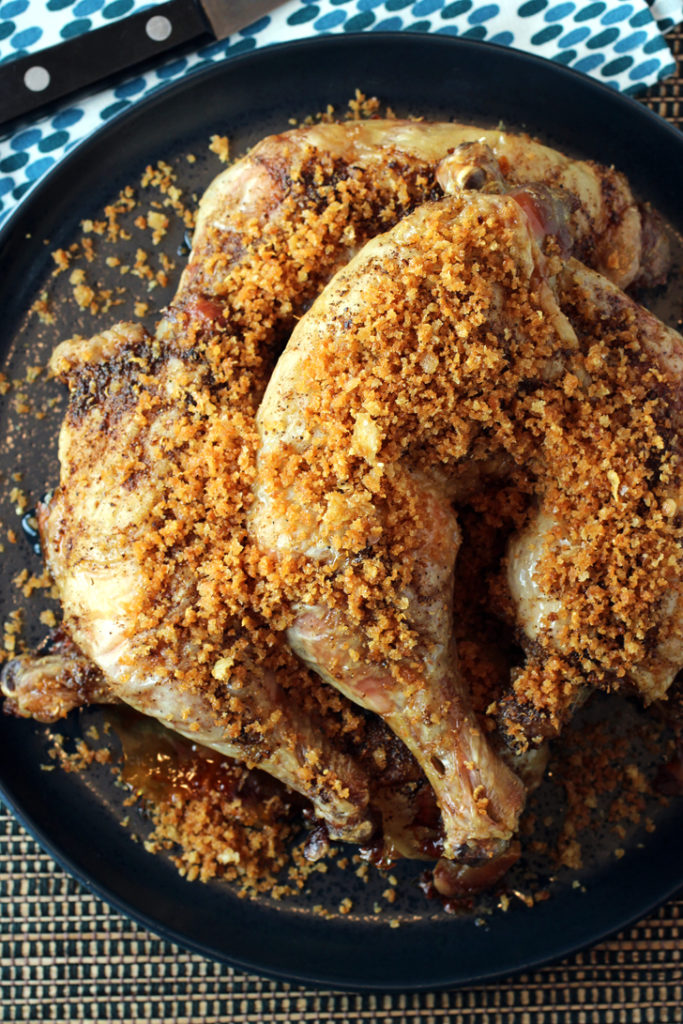
When it comes to battered, fried foods, I often think the best part is the little bits of golden, crunchy crumbs that fall off, which get eaten with your fingers with no shame, just total abandon.
If you’re with me on that, then you’ll go crazy for “Low-and-Slow Spiced Chicken Legs with Garlic Crunch-Crumbs.”
Because crunch crumbs — galore.
The recipe is from “That Sounds So Good’ (Clarkson Potter, 2021), of which I received a review copy, by Brooklyn’s Carla Lalli Music, former food director of Bon Appetit magazine, and founder of “Carla’s Cooking Show.”
The book includes 100 recipes for weekday and weekend fare, each helpfully complete with suggested ingredient swaps, in case you don’t want to run to the store for something you don’t have on hand or if just want to shake things up a bit.
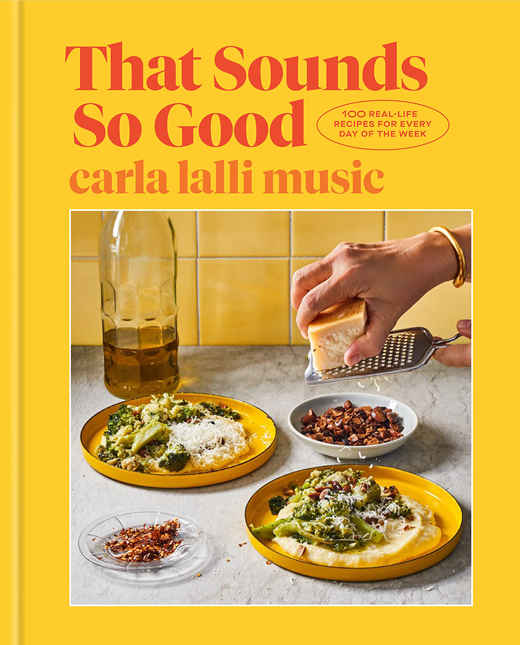
For instance, “Pasta with Cacio e Walnut” can be made with Pecorino Romano or aged Gouda instead of the original Manchego; or almonds or pistachios can stand in for the walnuts. In “Grilled Squid with Blackened Tomatoes,” sea scallops or large peeled shrimp can be used instead of squid; and fennel seeds can trade places with the original cumin and coriander seeds. If the “Vanilla-Brown Butter Pear Tart” has caught your eye, but it’s not pear season, then use Pink Lady or Granny Smith apples; or peaches, nectarines or plums with a smidge of cornstarch to thicken their juices.
Read more

